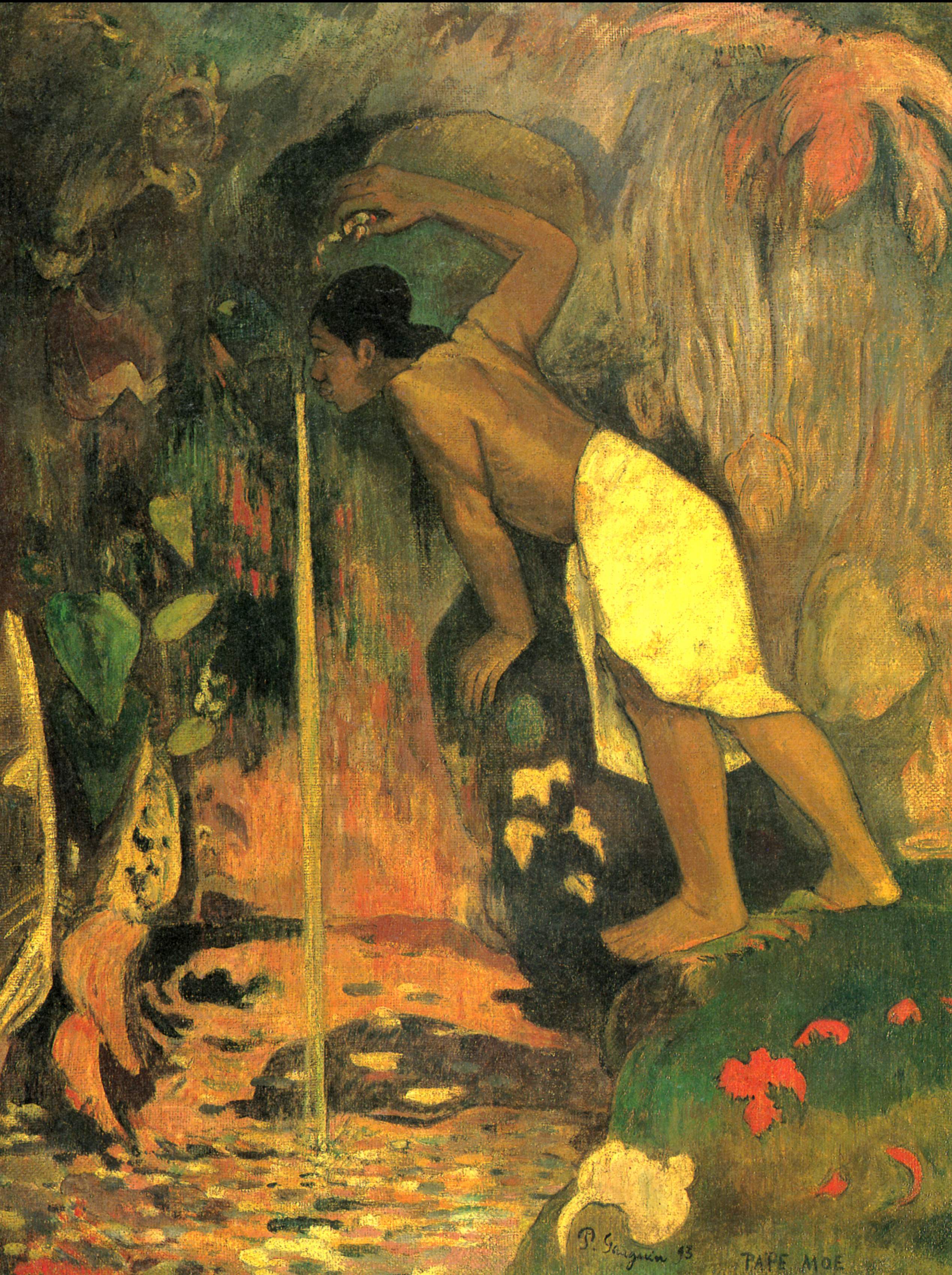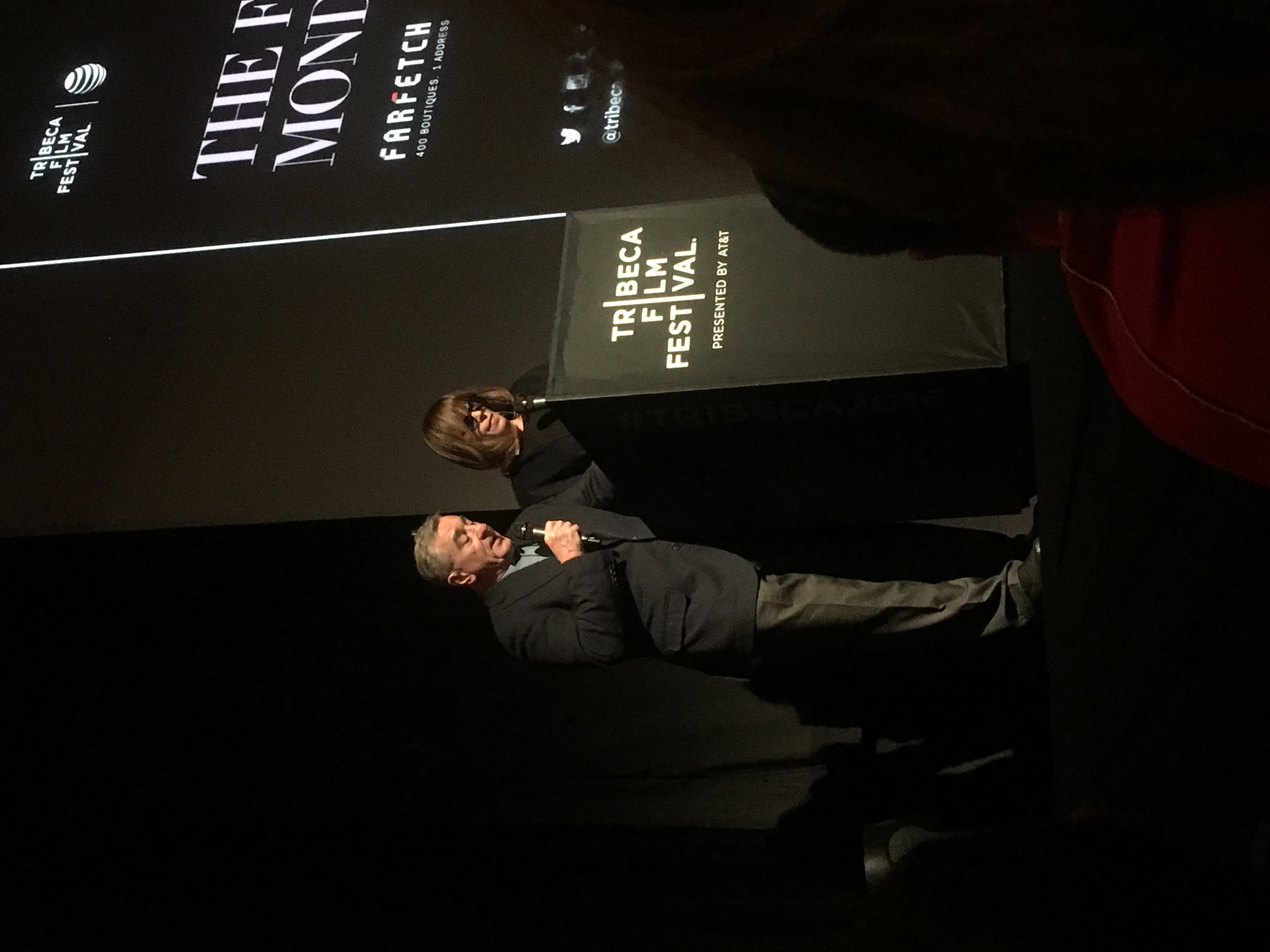|
Kapaemāhū
Kapaemahu refers to four stones on Waikiki Beach that were placed there as tribute to four legendary mahu (third-gender individuals) who brought the healing arts from Tahiti to Hawaiʻi centuries ago. It is also the name of the leader of the healers, who according to tradition, transferred their spiritual power to the stones before they vanished.Boyd, James H. 1907. “Tradition of the Wizard Stones Ka-Pae-Mahu.” Hawaiian Almanac and Annual, ed. Thomas Thrum. The stones are currently located inside a City and County of Honolulu monument in Honolulu at the western end of Kuhio Beach Park, close to their original home in the section of Waikiki known as Ulukou. Kapaemahu is considered significant as a cultural monument in Waikiki, an example of sacred stones in Hawaiʻi, an insight into indigenous understandings of gender and healing,Blaisedell, Kekuni. “Historical and Philosophical Aspects of Lapaʻau Traditional Kanaka Maoli Healing Practices.” Motion Magazine 1997, Nov. 1 ... [...More Info...] [...Related Items...] OR: [Wikipedia] [Google] [Baidu] |
Māhū
' ('in the middle') in Native Hawaiian and Tahitian cultures are third gender people with traditional spiritual and social roles within the culture, similar to Tongan ' and Samoan '. Historically māhū were assigned male at birth (AMAB), but in modern usage māhū can refer to a variety of genders and sexual orientations. According to present-day māhū kumu hula Kaua'i Iki: In modern popular culture, ''māhū'' is commonly used pejoratively of LGBTQ people. History According to some, in the pre-colonial history of Hawai'i, māhū were notable priests and healers, although much of this history was elided through the intervention of missionaries. Others describe the māhū as not having access to political power, being unable to aspire to leadership roles, and "Perceived as always available for sexual conquest by men." The first published description of māhū occurs in Captain William Bligh's logbook of the Bounty, which stopped in Tahiti in 1789, where he was introduced t ... [...More Info...] [...Related Items...] OR: [Wikipedia] [Google] [Baidu] |
Waikīkī
Waikiki (; haw, Waikīkī; ; also known as Waikiki Beach) is a neighborhood of Honolulu, Hawaii, Honolulu on the south shore of the island of Oahu, Oahu in the U.S. state of Hawaii. Waikiki is most famous for Waikiki Beach, which is one of six beaches in the district, along with Queen's Beach, Kuhio Beach Park, Kuhio Beach, Gray's Beach, Fort DeRussy Beach and Kahanamoku Beach. Waikiki Beach is almost entirely man-made. There are beaches called Waikiki in other parts of the world, such as Tarragona (Spain), Western Australia (Australia), or Lima ( Peru). Waikiki (Hawaii) is home to public places including Kapiolani Park, Kapiolani Park, Fort de Russy Military Reservation, Fort DeRussy, Duke Paoa Kahanamoku Lagoon, Kahanamoku Lagoon, Kuhio Beach Park, Kūhiō Beach Park and Ala Wai Harbor. Waikiki was the first Capital city, capital of the Kingdom of Hawaii from 1795 to 1796. Etymology The Hawaiian language name means ''spouting fresh water'', for springs and streams that f ... [...More Info...] [...Related Items...] OR: [Wikipedia] [Google] [Baidu] |
Oral Tradition
Oral tradition, or oral lore, is a form of human communication wherein knowledge, art, ideas and cultural material is received, preserved, and transmitted orally from one generation to another. Vansina, Jan: ''Oral Tradition as History'' (1985), reported statements from present generation which "specifies that the message must be oral statements spoken, sung or called out on musical instruments only"; "There must be transmission by word of mouth over at least a generation". He points out, "Our definition is a working definition for the use of historians. Sociologists, linguists or scholars of the verbal arts propose their own, which in, e.g., sociology, stresses common knowledge. In linguistics, features that distinguish the language from common dialogue (linguists), and in the verbal arts features of form and content that define art (folklorists)."Ki-Zerbo, Joseph: "Methodology and African Prehistory", 1990, ''UNESCO International Scientific Committee for the Drafting of a Gene ... [...More Info...] [...Related Items...] OR: [Wikipedia] [Google] [Baidu] |
Atlas Obscura
''Atlas Obscura'' is an American-based online magazine and travel company. It was founded in 2009 by author Joshua Foer and documentary filmmaker/author Dylan Thuras. It catalogs unusual and obscure travel destinations via user-generated content. The articles on the website cover a number of topics including history, science, food, and obscure places. History Thuras and Foer met in 2007, and soon discussed ideas for a different kind of atlas, featuring places not commonly found in guidebooks. They hired a web designer in 2008 and launched ''Atlas Obscura'' in 2009. Sommer Mathis (formerly of '' The Atlantic's'' CityLab) was the site's Editor in Chief from 2017 to 2020. She was succeeded by Samir Patel, formerly of ''Archaeology'' magazine, who became the site's Editorial Director in 2020 and Editor in Chief in 2021. David Plotz remained as the site's CEO for five years (October 2014 — November 2019). Warren Webster, former president and CEO of digital publisher ''Coveteur ... [...More Info...] [...Related Items...] OR: [Wikipedia] [Google] [Baidu] |
Bishop Museum
The Bernice Pauahi Bishop Museum, designated the Hawaii State Museum of Natural and Cultural History, is a museum of history and science in the historic Kalihi district of Honolulu on the Hawaiian island of Oʻahu. Founded in 1889, it is the largest museum in Hawaiʻi and has the world's largest collection of Polynesian cultural artifacts and natural history specimens. Besides the comprehensive exhibits of Hawaiian cultural material, the museum's total holding of natural history specimens exceeds 24 million, of which the entomological collection alone represents more than 13.5 million specimens (making it the third-largest insect collection in the United States). The '' Index Herbariorum'' code assigned to Herbarium Pacificum of this museum is BISH and this abbreviation is used when citing housed herbarium specimens. The museum complex is home to the Richard T. Mamiya Science Adventure Center. History Establishment Charles Reed Bishop (1822–1915), a businessman and philant ... [...More Info...] [...Related Items...] OR: [Wikipedia] [Google] [Baidu] |
Tribeca Film Festival
The Tribeca Festival is an annual film festival organized by TriBeCa Productions, Tribeca Productions. It takes place each spring in New York City, showcasing a diverse selection of film, episodic, talks, music, games, art, and immersive programming. Tribeca was founded by Robert De Niro, Jane Rosenthal, and Craig Hatkoff in 2002 to spur the economic and cultural revitalization of Lower Manhattan following the September 11 attacks on the World Trade Center. Until 2020, the festival was known as the Tribeca Film Festival. Each year, the festival hosts over 600 screenings with approximately 150,000 attendees, and awards independent artists in 23 juried competitive categories. History The Tribeca Film Festival was founded in 2002 by Jane Rosenthal, Robert De Niro, and Craig Hatkoff, in response to the September 11 attacks on the World Trade Center (1973–2001), World Trade Center and the consequent loss of vitality in the Tribeca neighborhood in Lower Manhattan. The inaugural ... [...More Info...] [...Related Items...] OR: [Wikipedia] [Google] [Baidu] |
Kapaemahu (film)
''Kapaemahu'' is a 2020 animated short film produced and directed by Hinaleimoana Wong-Kalu, Dean Hamer and Joe Wilson with director of the animation Daniel Sousa. It is based on the long-hidden history of four healing stones on Waikiki Beach placed there as a tribute to four legendary mahu who first brought the healing arts to Hawaii. The film is narrated in Olelo Niihau, the only unbroken form of the Hawaiian language. ''Kapaemahu'' premiered at the Tribeca Film Festival, was screened in over 160 film festivals and 200 theaters worldwide, won multiple Oscar-qualifying jury awards, and was shortlisted for Best Animated Short Film at the 93rd Academy Awards®. Production The film was conceived in 2010 when Wong-Kalu introduced Hamer and Wilson to the stones of Kapaemahu, which she had known since childhood, while they were filming her in Waikiki for the documentary Kumu Hina ''Kumu Hina'' is a 2014 American LGBTQ related documentary film co-produced and co-directed by Dea ... [...More Info...] [...Related Items...] OR: [Wikipedia] [Google] [Baidu] |
Public Art
Public art is art in any Media (arts), media whose form, function and meaning are created for the general public through a public process. It is a specific art genre with its own professional and critical discourse. Public art is visually and physically accessible to the public; it is installed in public space in both outdoor and indoor settings. Public art seeks to embody public or universal concepts rather than commercial, partisan or personal concepts or interests. Notably, public art is also the direct or indirect product of a public process of creation, procurement, and/or maintenance. Independent art created or staged in or near the public realm (for example, graffiti, street art) lacks official or tangible public sanction has not been recognized as part of the public art genre, however this attitude is changing due to the efforts of several street artists. Such unofficial artwork may exist on private or public property immediately adjacent to the public realm, or in natu ... [...More Info...] [...Related Items...] OR: [Wikipedia] [Google] [Baidu] |
George Kanahele
George Hueu Sanford Kanahele (1930–2000) was a native Hawaiian activist, historian and author. Biography George Hueu Sanford Kanahele was born October 17, 1930, in Kahuku on the island of Oahu of Hawaii. Kanahele graduated from Kamehameha Schools in 1948, and served as missionary for the Church of Jesus Christ of Latter-day Saints in Japan until 1954. He then served in the United States Army Security Agency in Germany. Kanahele received his Bachelor's and master's degrees in political science from Brigham Young University Hawaii, and Ph.D. in Government and Southeast Asian Affairs from Cornell University in 1967, graduating from Cornell with academic honors. Kanahele published several books during his life relating to Hawaiian culture and history. As co-founder of the Hawaii Entrepreneurship Training & Development Institute, he trained indigenous people around the world in how to start sustainable businesses. Kanahele founded of the Native Hawaiian Hospitality Association ... [...More Info...] [...Related Items...] OR: [Wikipedia] [Google] [Baidu] |
Neal Blaisdell
Neal Shaw Blaisdell (November 6, 1902 – November 5, 1975) served as Mayor of Honolulu from 1955 to 1969 as a member of the Hawaii Republican Party. As chief executive of the City and County of Honolulu, Hawaii, he oversaw one of the largest construction booms in city and county history, working closely with Governor John A. Burns. Blaisdell was the sitting mayor when Hawaii became the 50th U.S. state on August 21, 1959. Early life Blaisdell was born in Honolulu and had European and Hawaiian ancestry. His father was William Wallace Blaisdell II, who served as fire chief of Honolulu; and his mother was Maliaka "Malie" Alaneao Merseberg. A maternal great-grandfather was John Adams Cummins. A paternal great-grandfather, John Blaisdell (1812–1889), came to the Hawaiian Islands from Maine in 1849. Education and athletics Known as "Rusty", Blaisdell played basketball, football and baseball at Saint Louis School. He attended the University of Hawaii and later transferred to Bucknel ... [...More Info...] [...Related Items...] OR: [Wikipedia] [Google] [Baidu] |
Mary Kawena Pukui
Mary Abigail Kawenaulaokalaniahiiakaikapoliopele Naleilehuaapele Wiggin Pukui (20 April 1895 – 21 May 1986), known as Kawena, was a Hawaiian scholar, author, composer, hula expert, and educator. Life Pukui was born on April 20, 1895, in her grandmother's home, named Hale Ola, in Haniumalu, Kau, on Hawaii Island, to Henry Nathaniel Wiggin (originally from Salem, Massachusetts, of a distinguished shipping family descended from Massachusetts Bay Colony governor Simon Bradstreet and his wife, the poet Anne Bradstreet) and Mary Paahana Kanakaole, descendant of a long line of kahuna (priests) going back centuries. Pukui's maternal grandmother, Naliipoaimoku, was a ''kahuna laau lapaau'' (medicinal expert) and ''kahuna pale keiki'' (midwife) and a hula dancer in Queen Emma's court. She had delivered the child, and asked Pukui's parents for the child to raise in the traditional way, and her request was granted. Kawena was born into the Fire Clan of Kau. Kawena and her grandmother wer ... [...More Info...] [...Related Items...] OR: [Wikipedia] [Google] [Baidu] |



.jpg)


